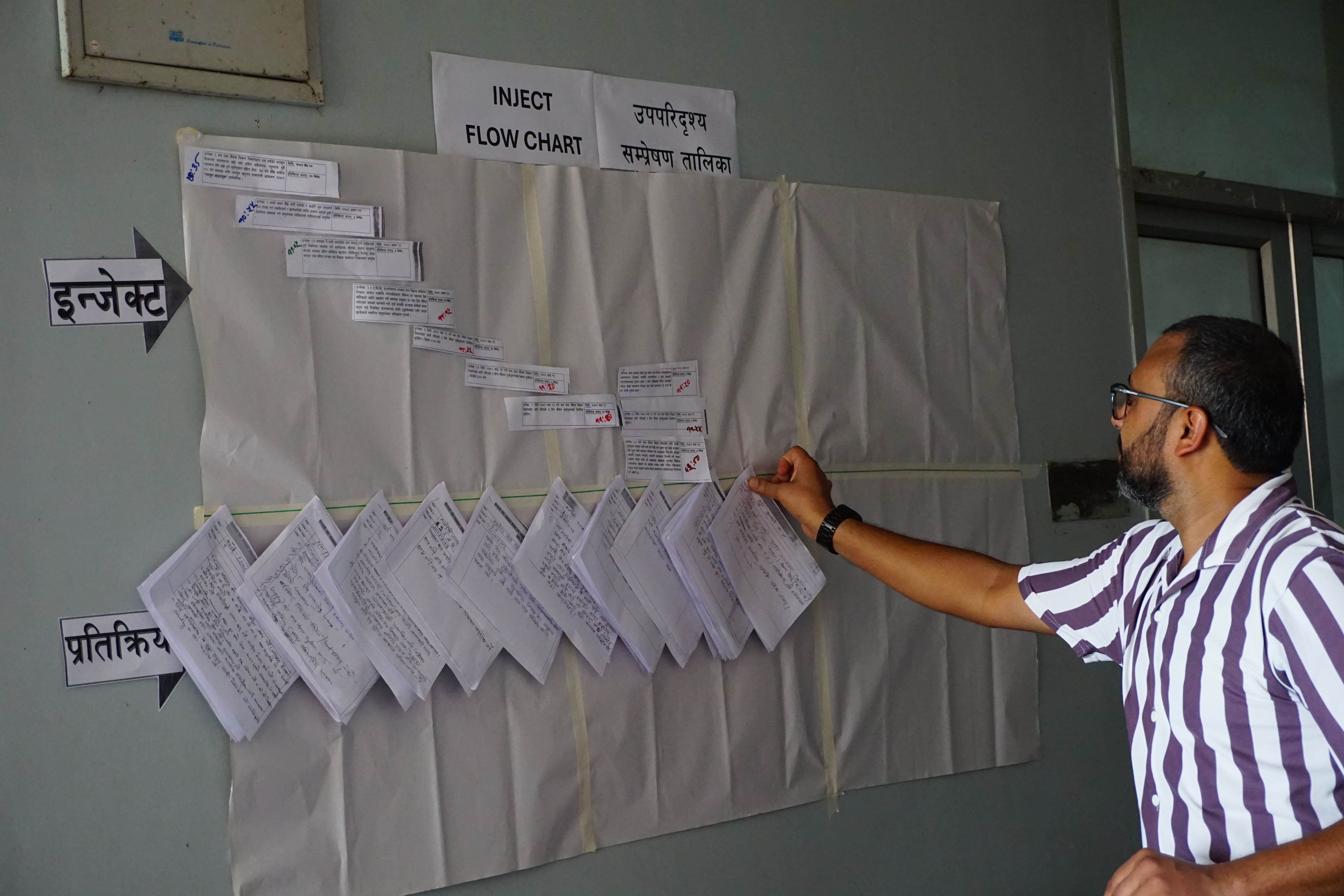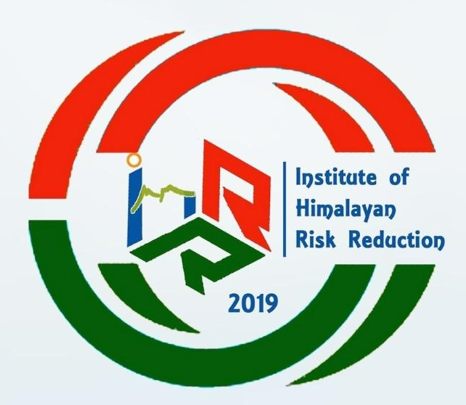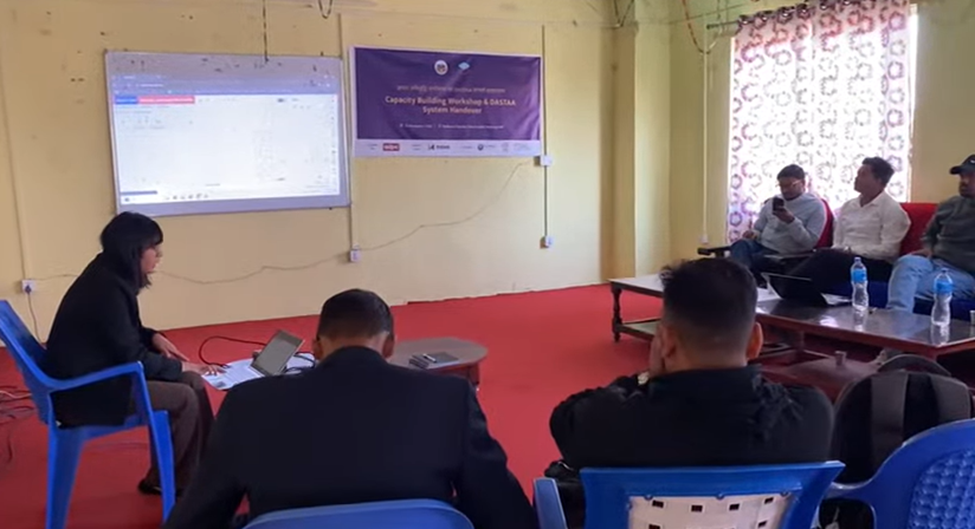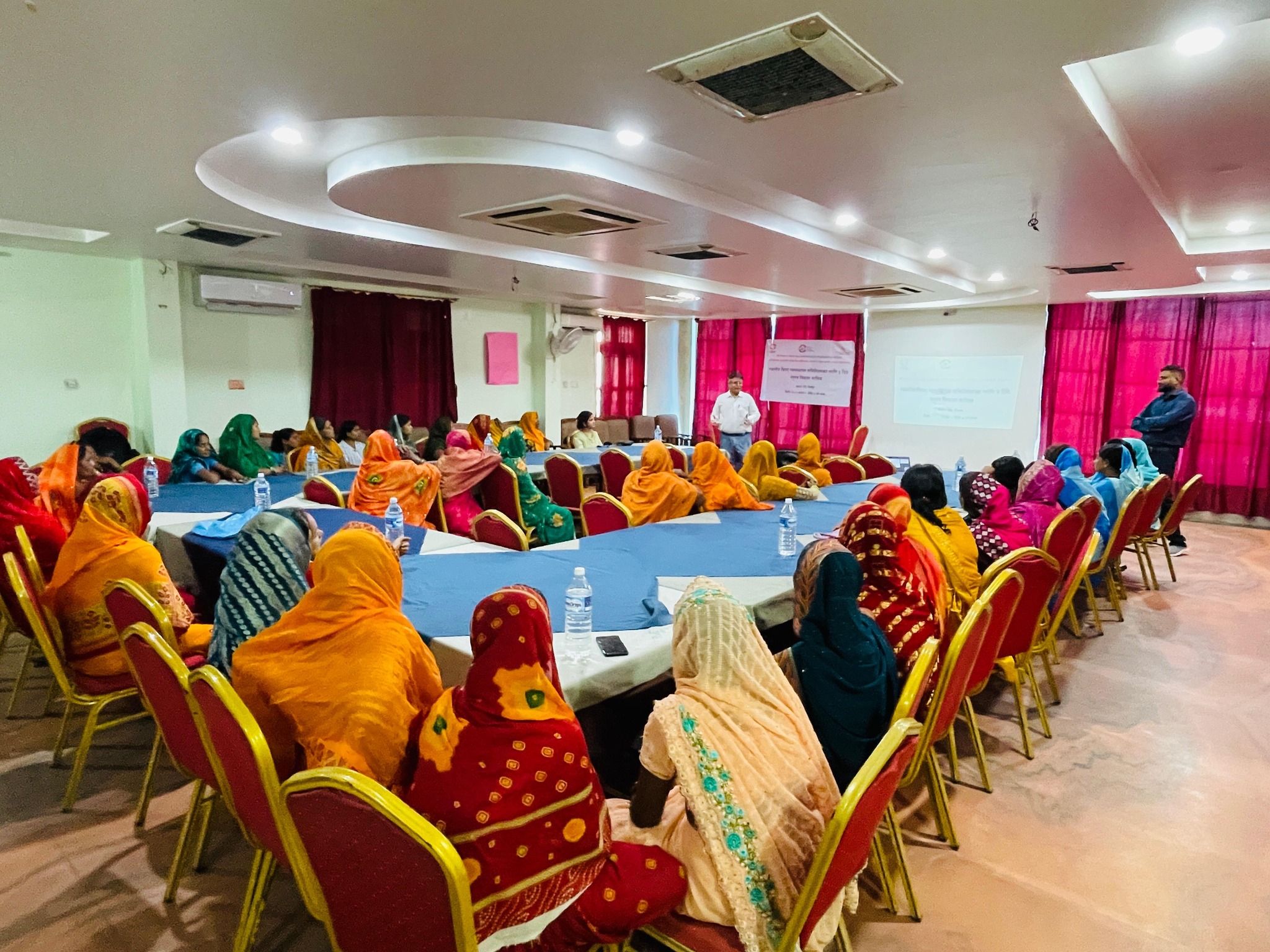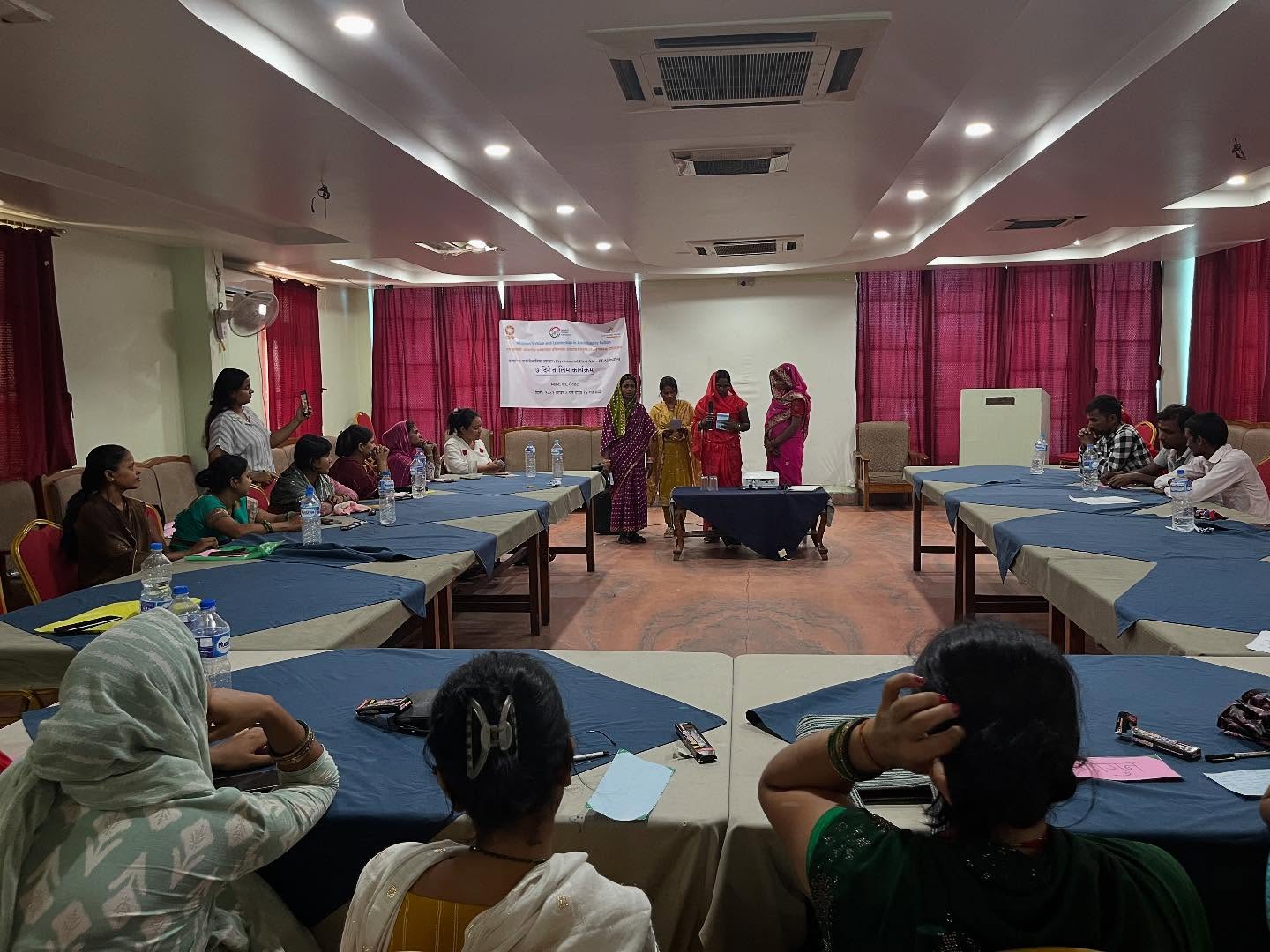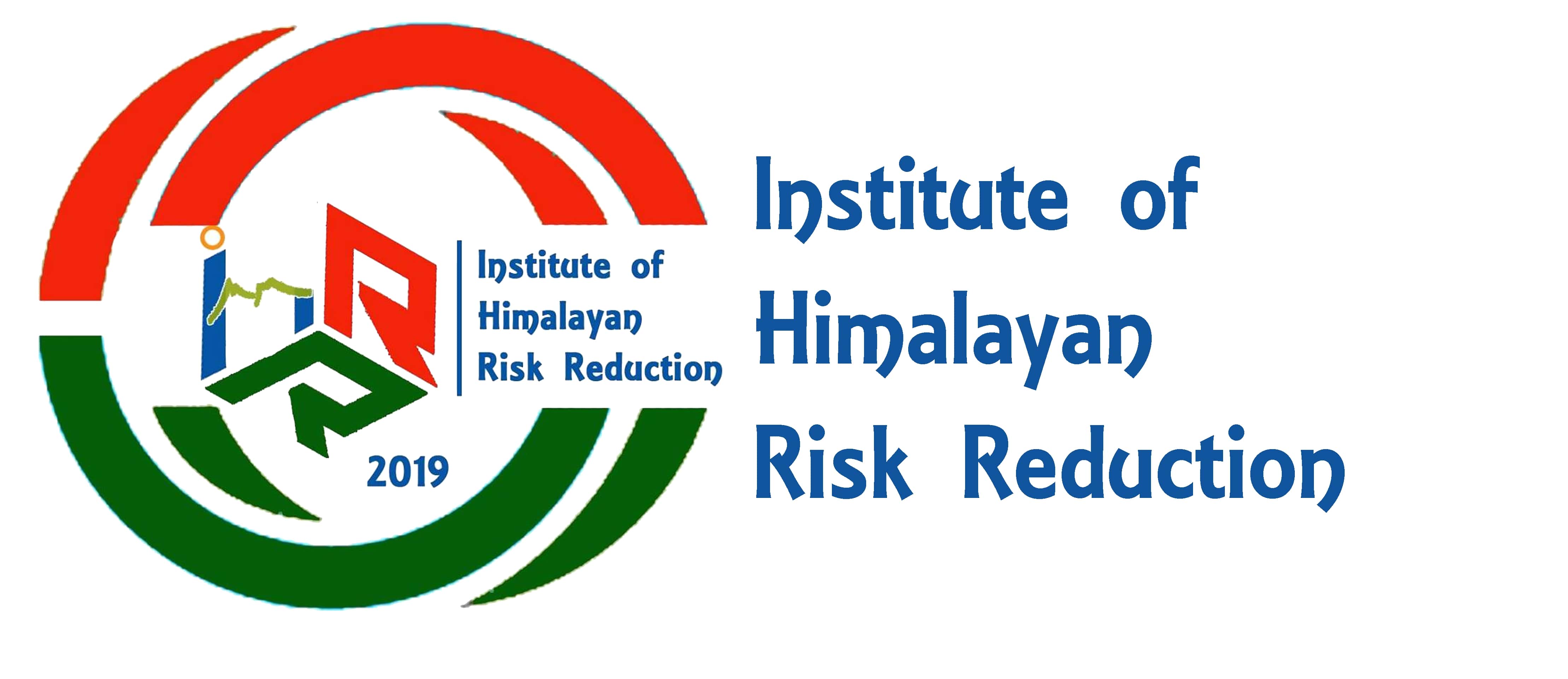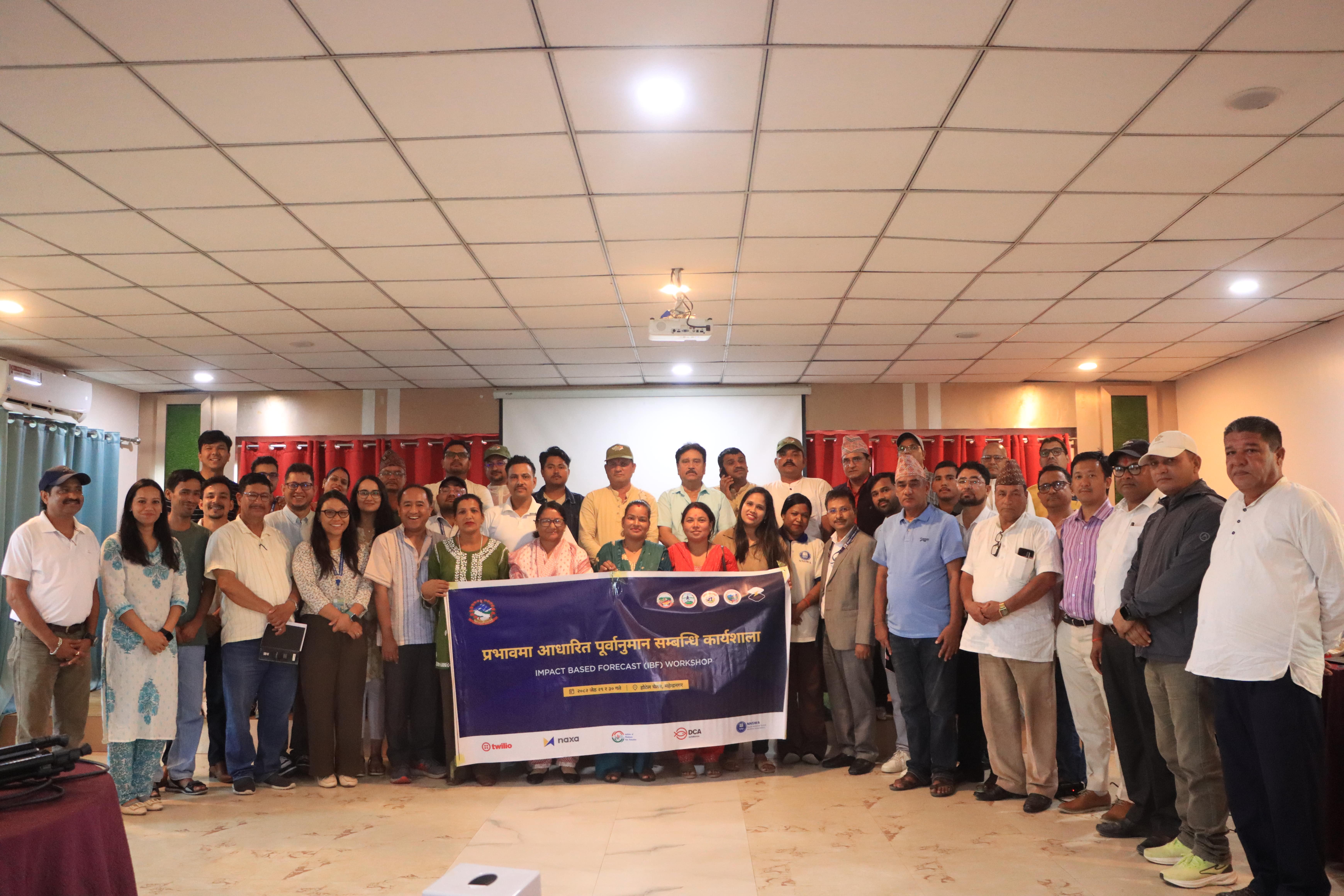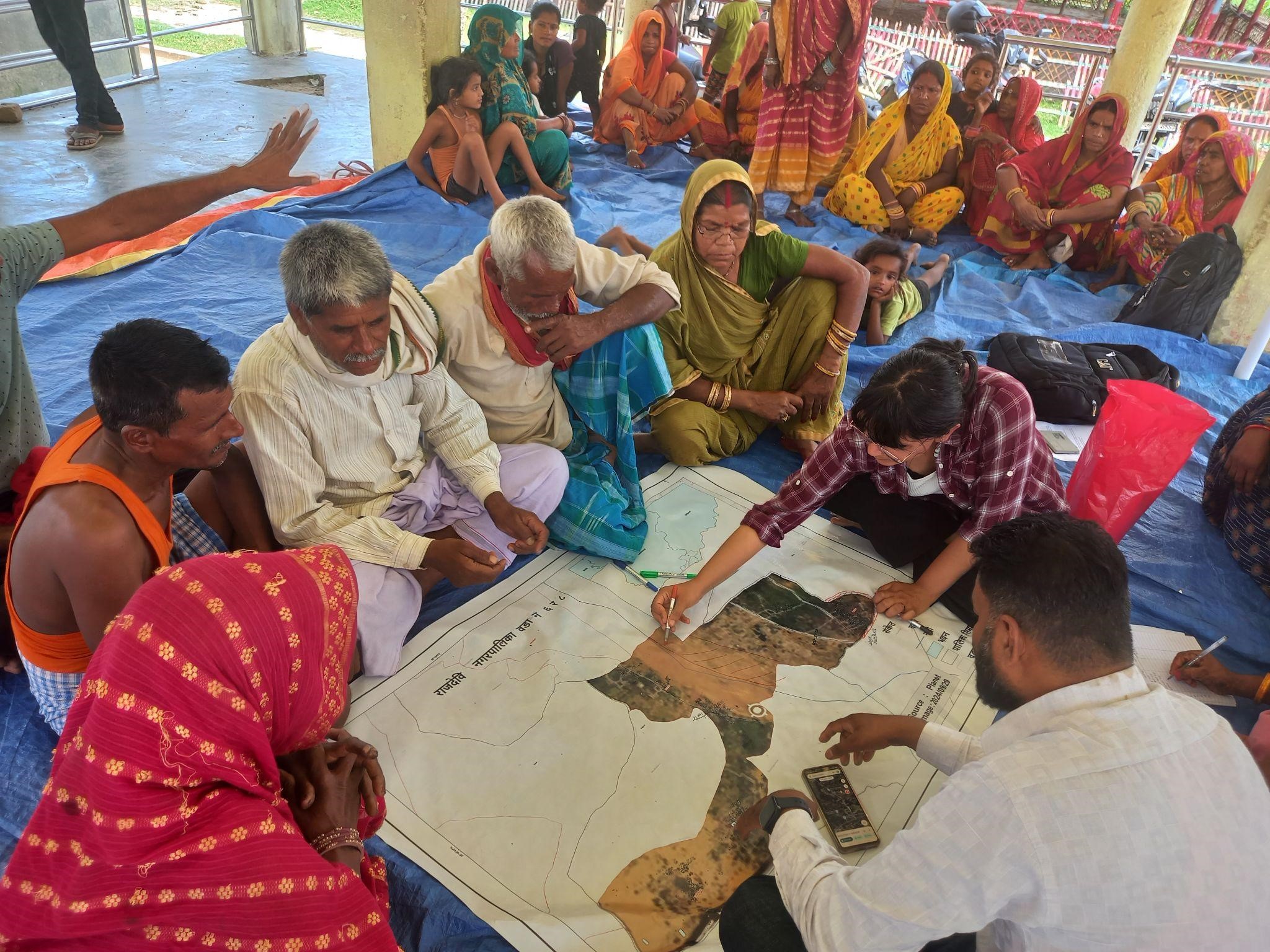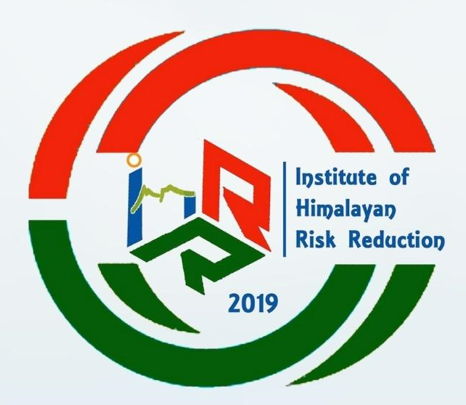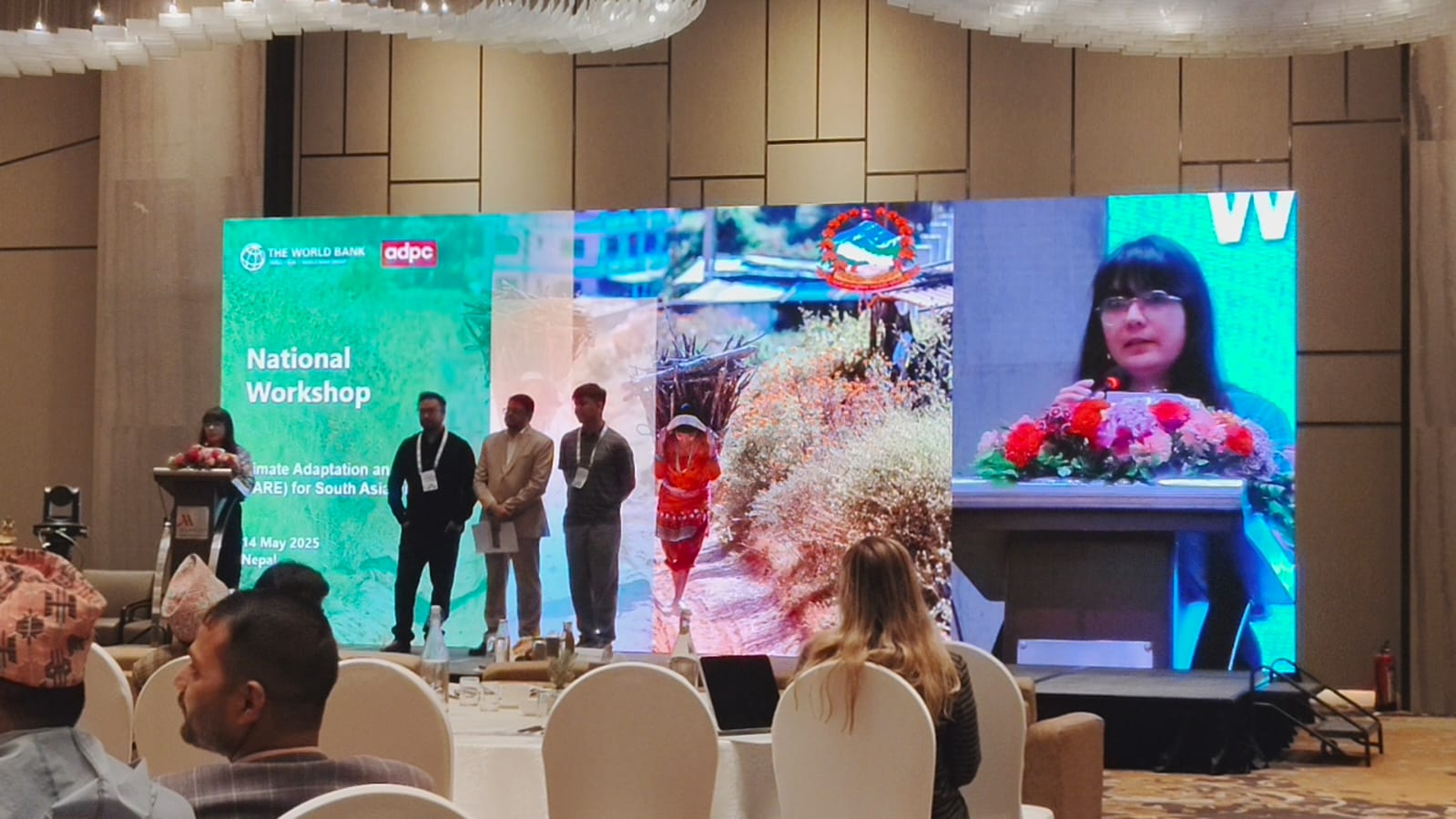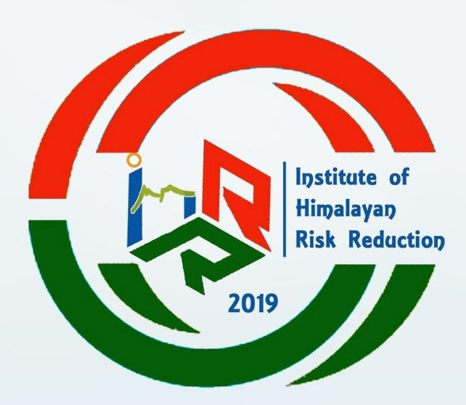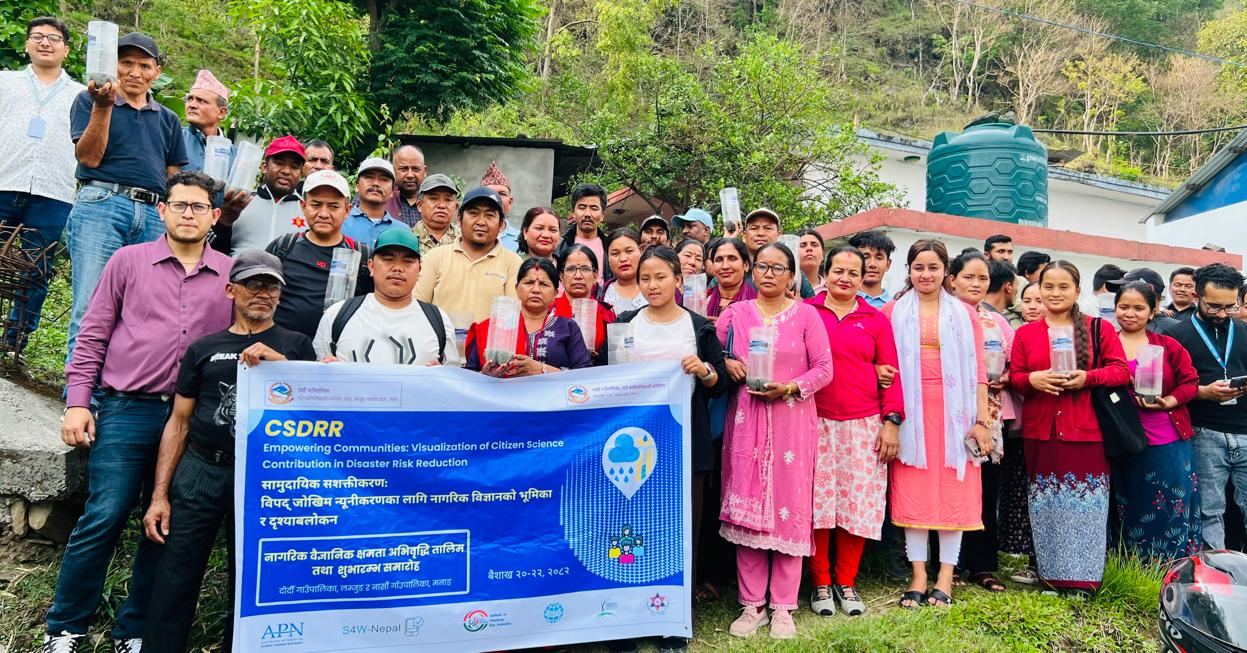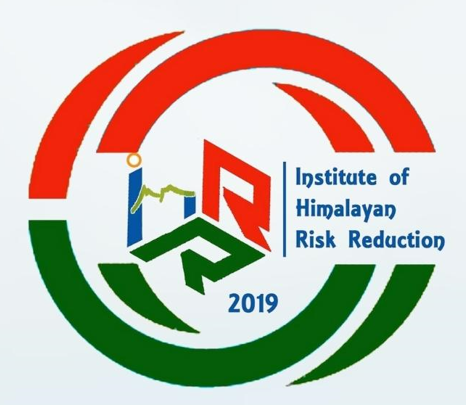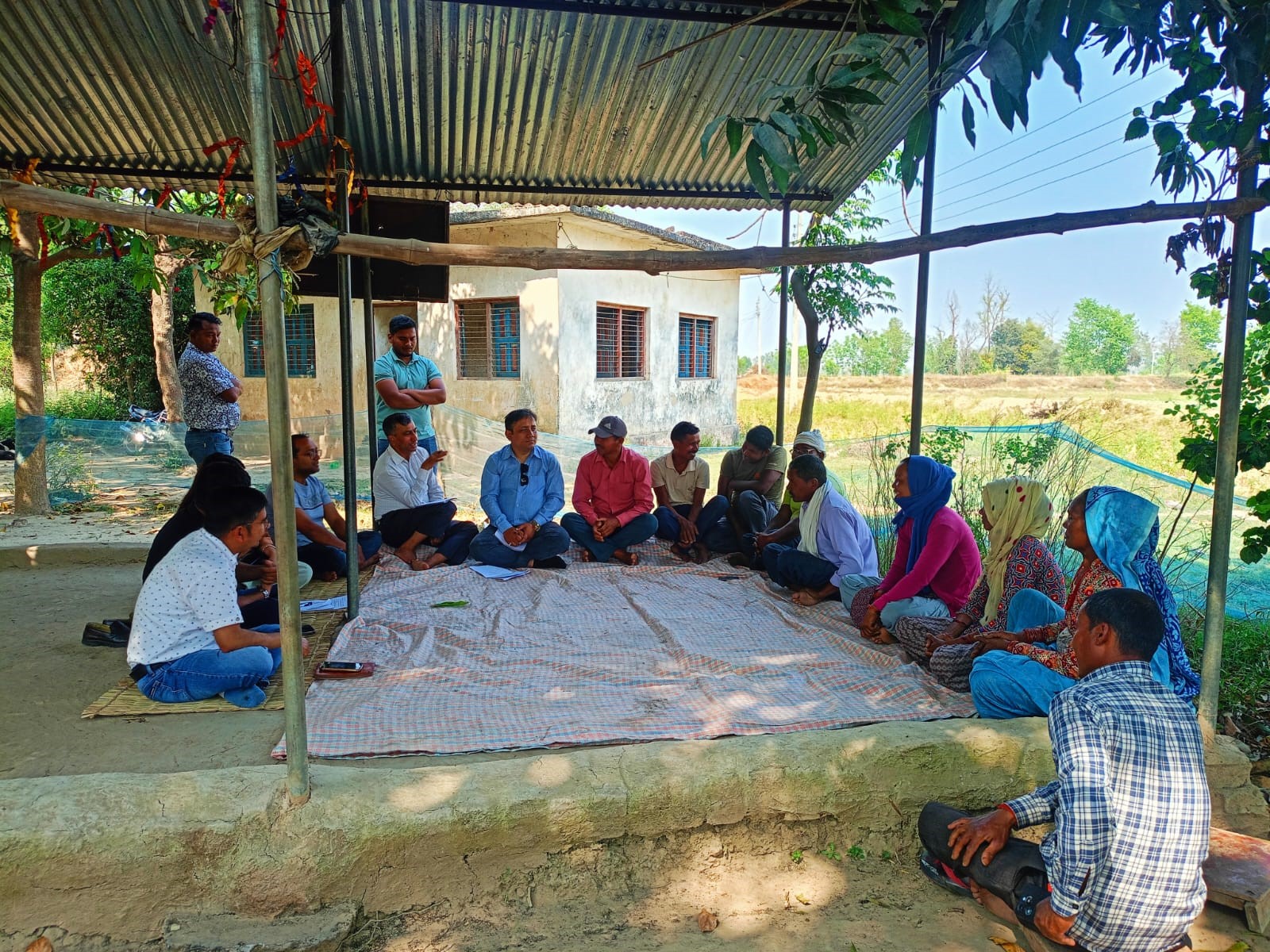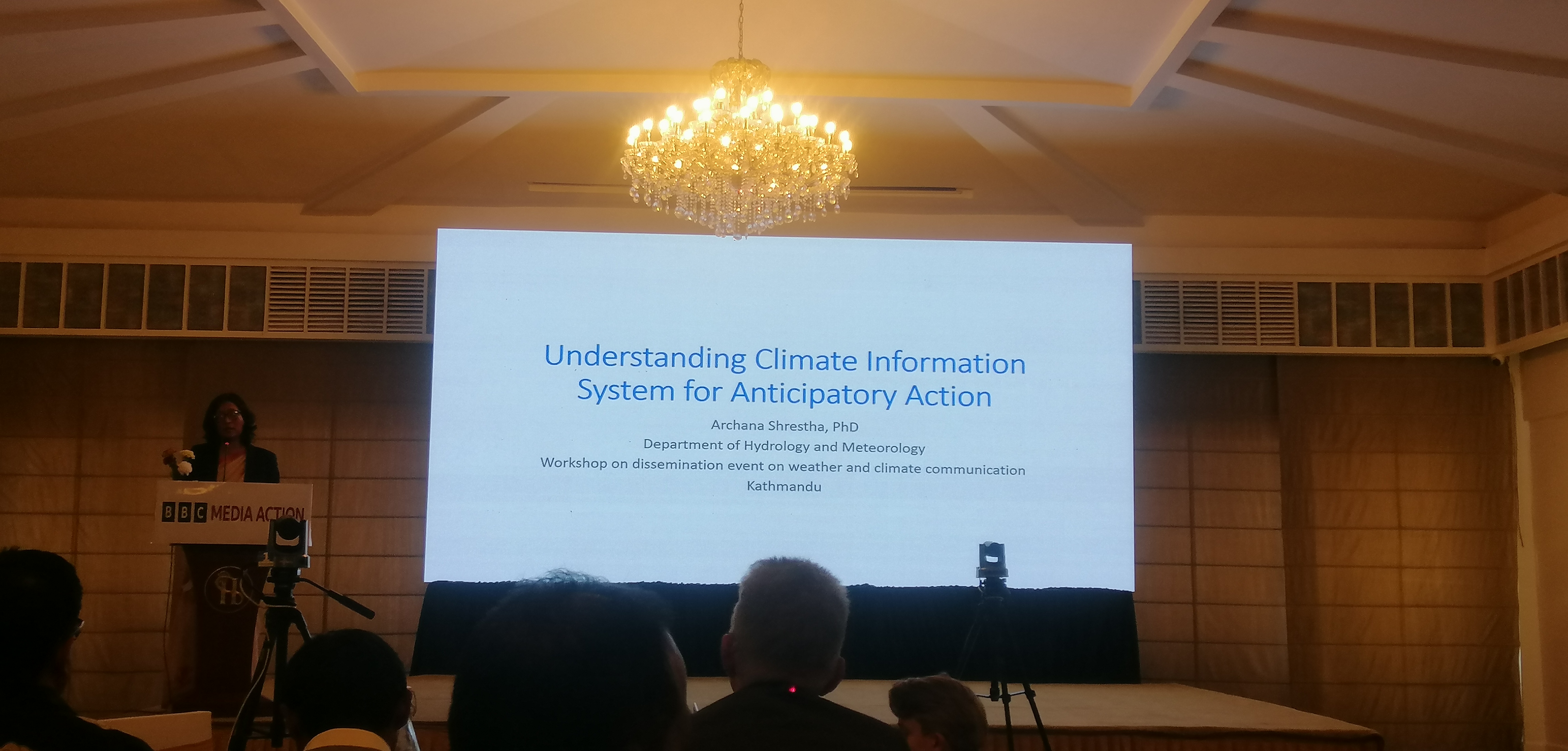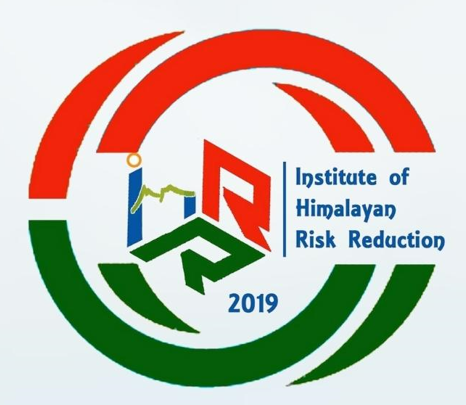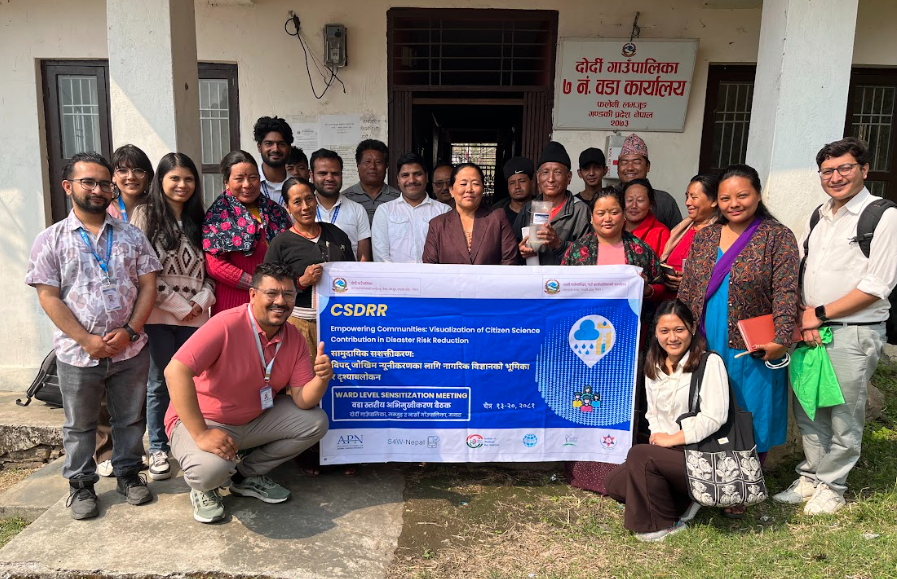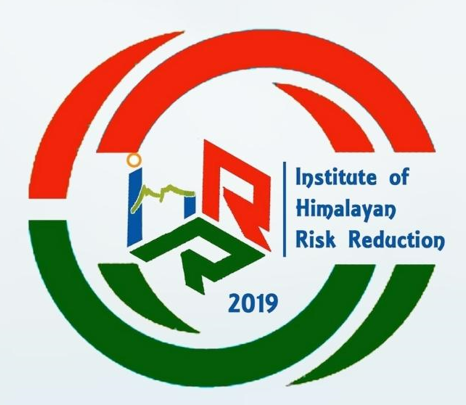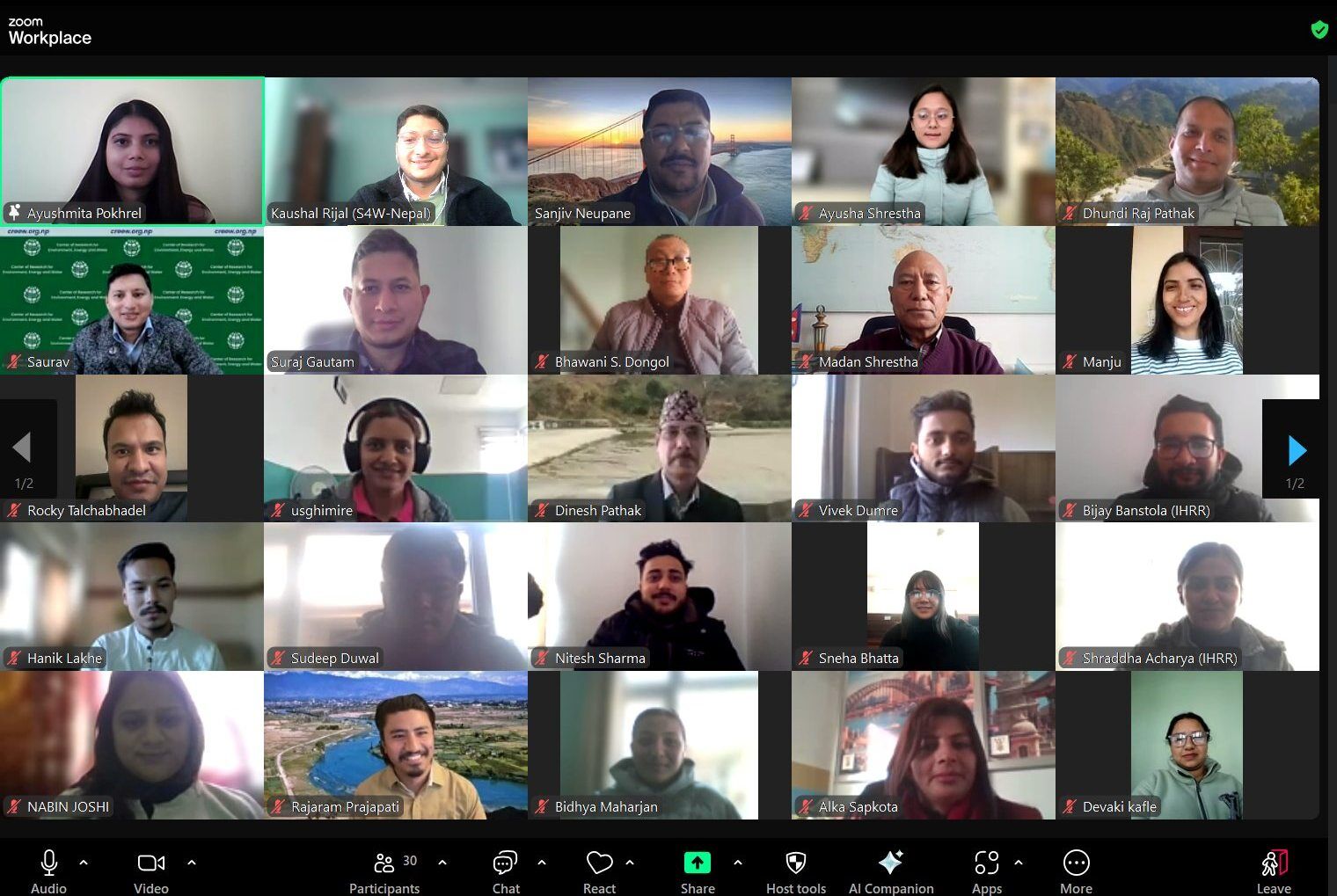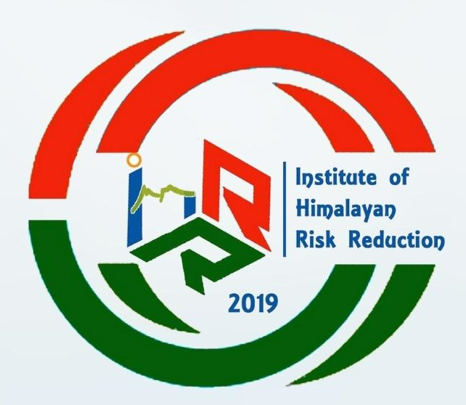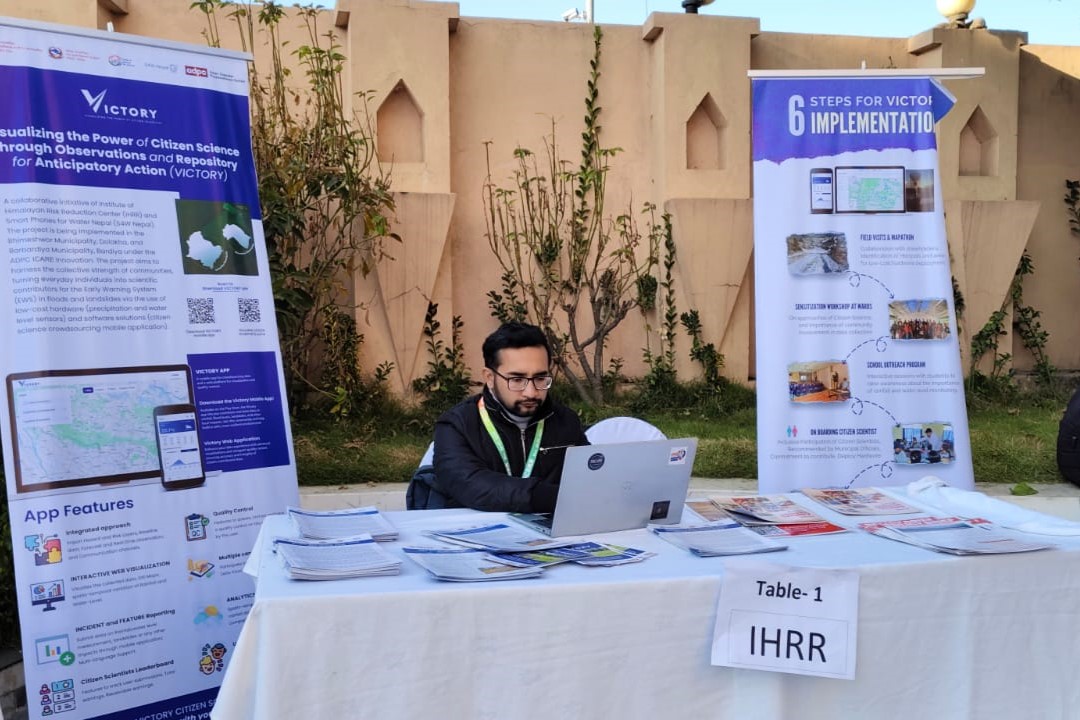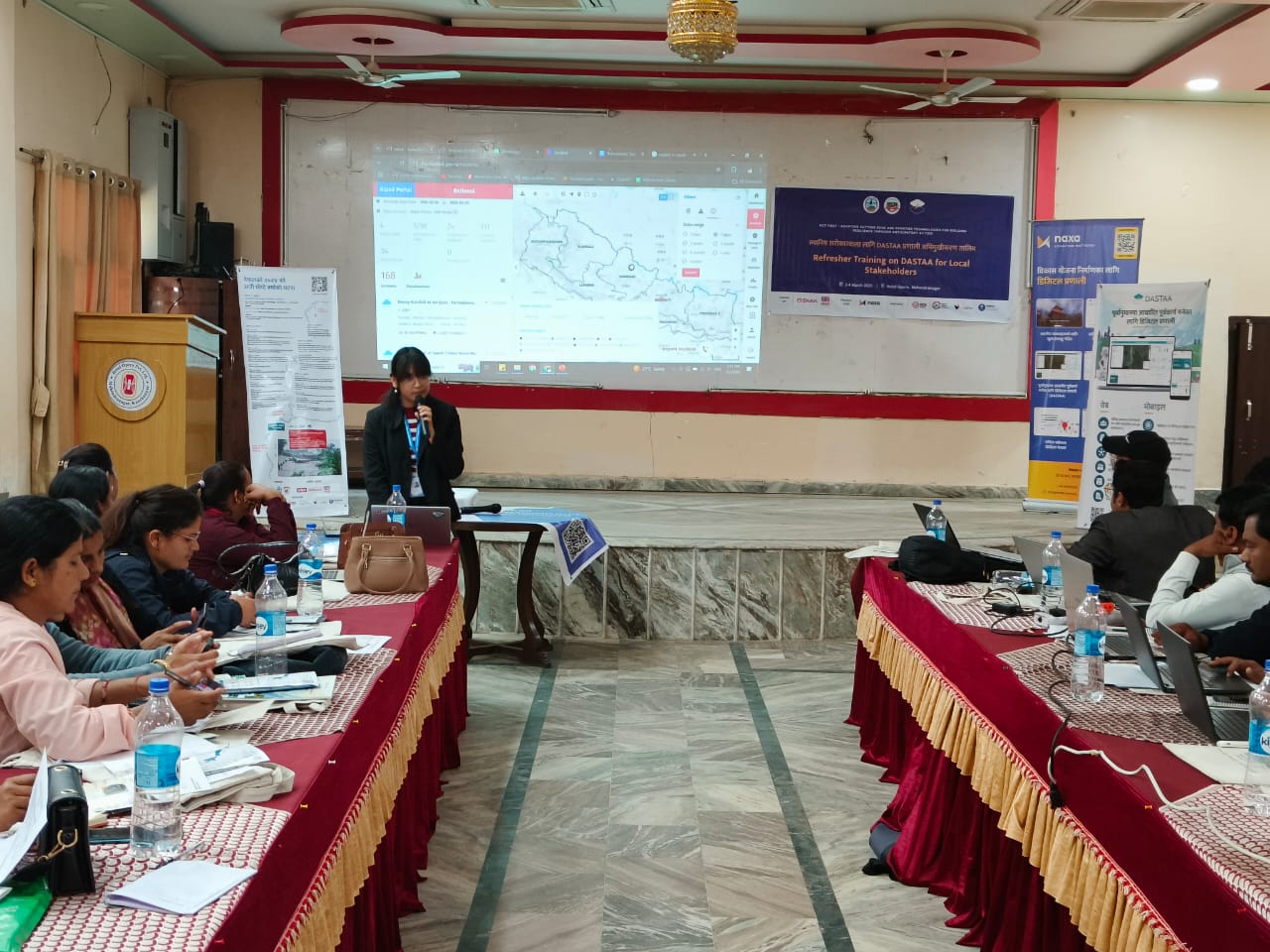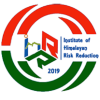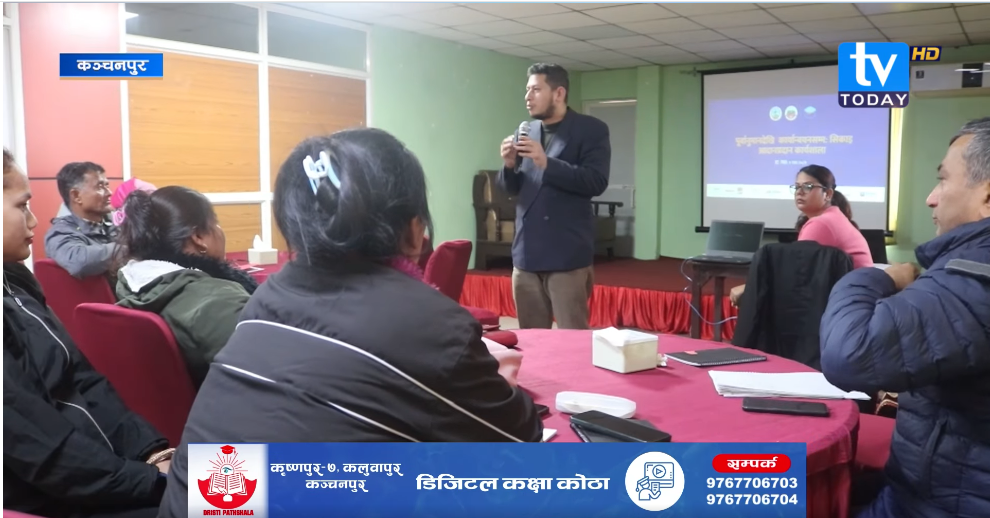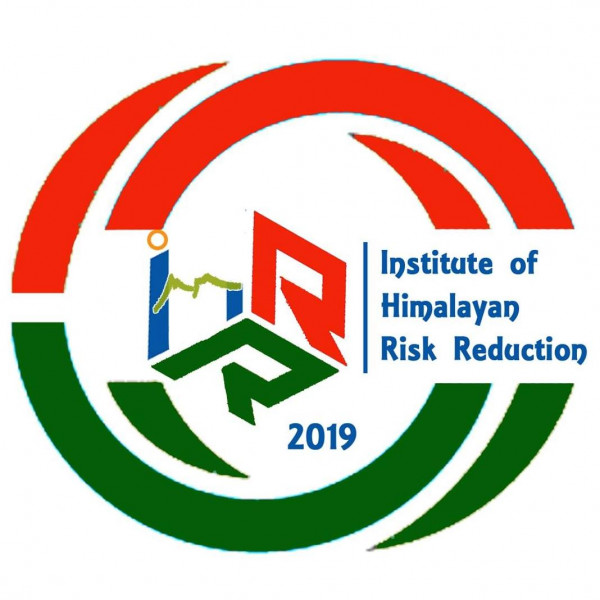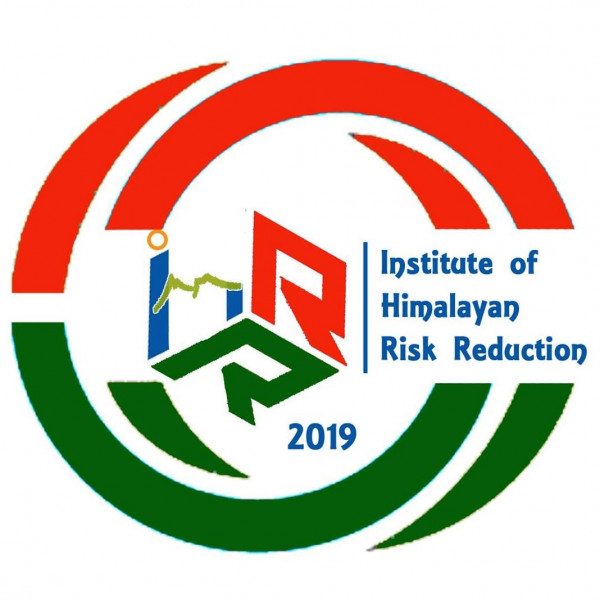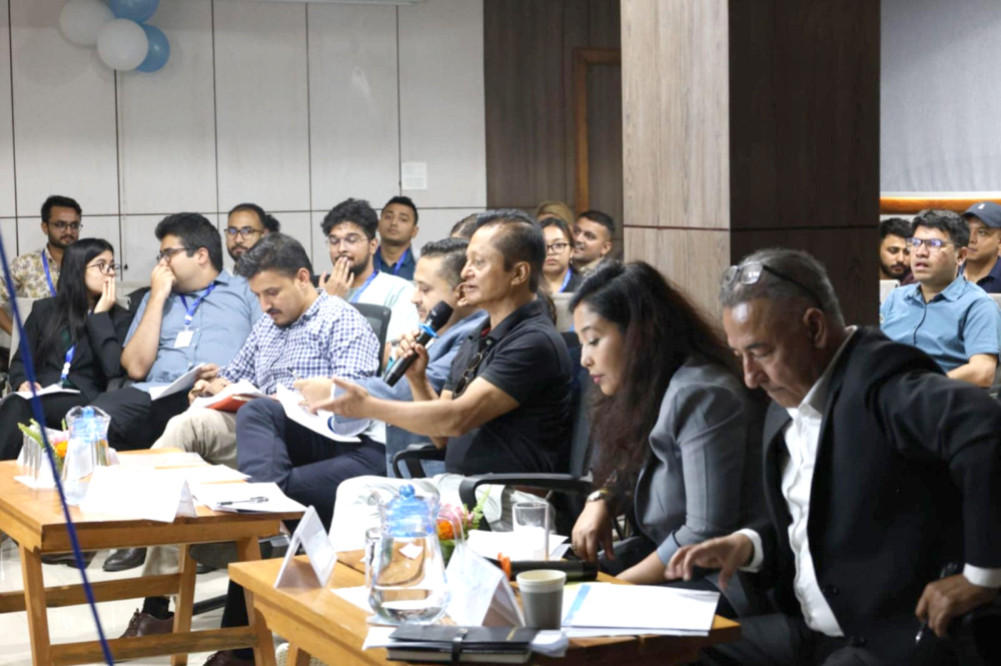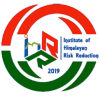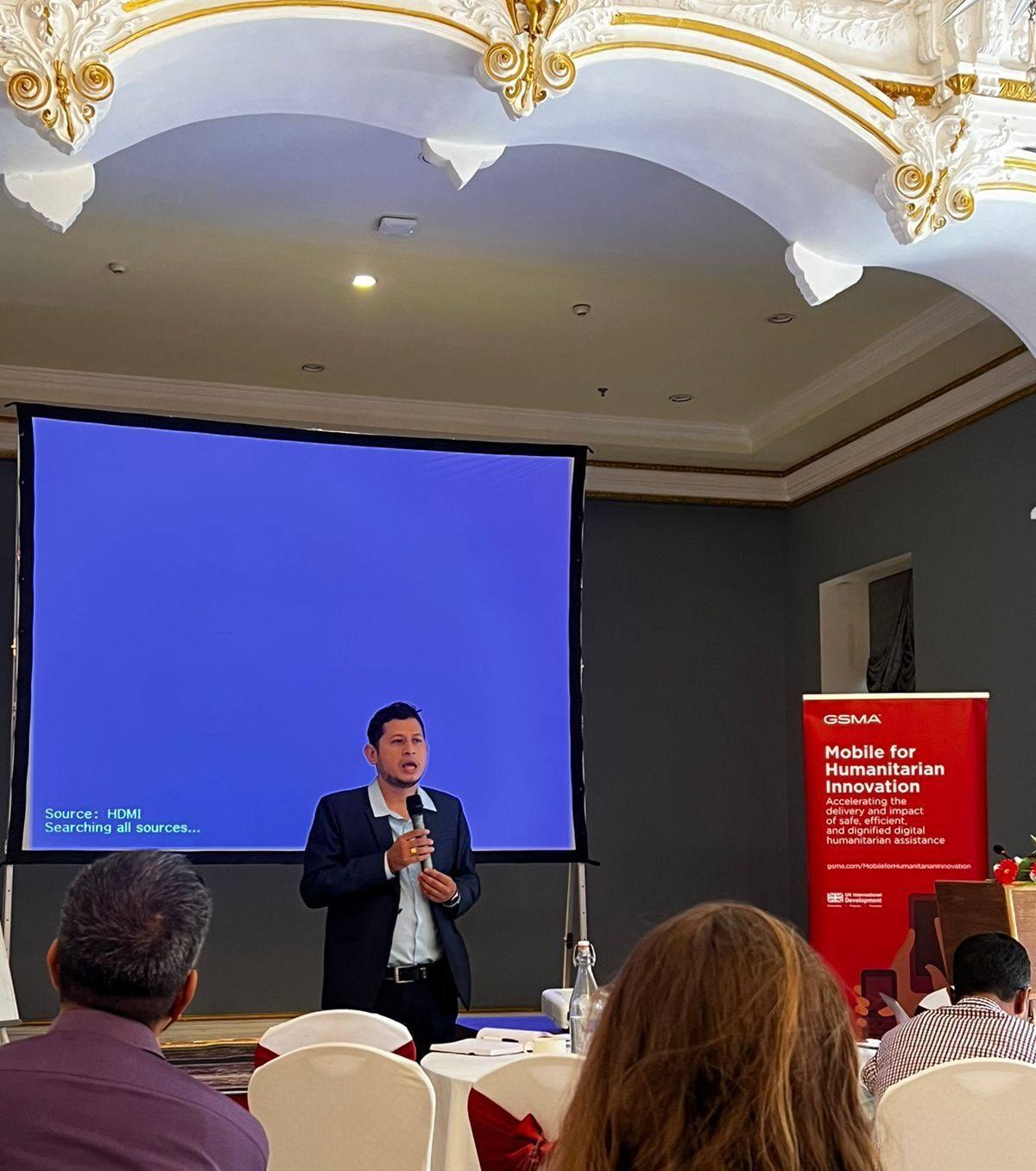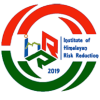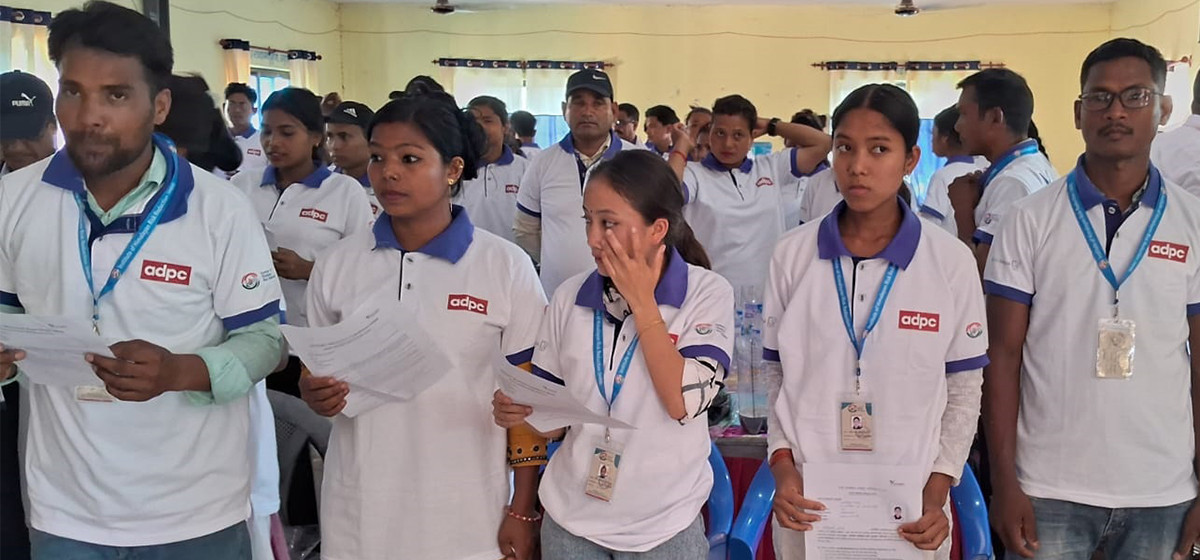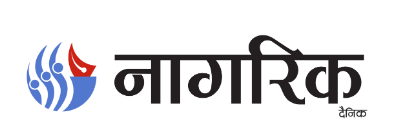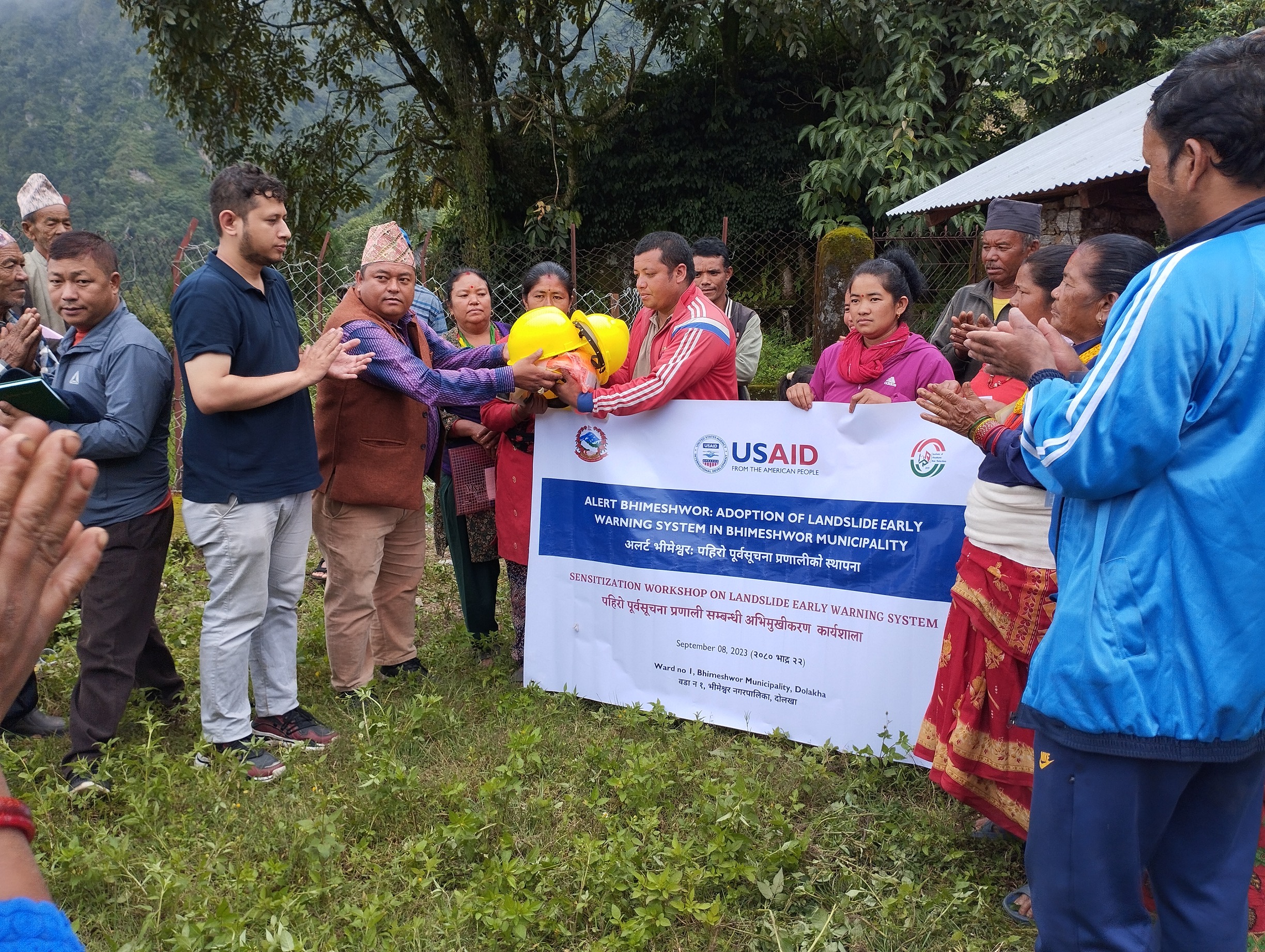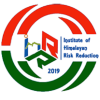
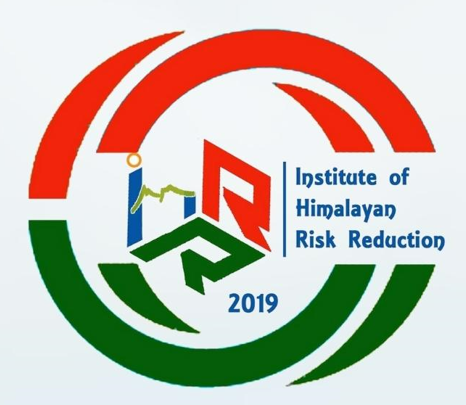
IHRR
Apr 02,2025
On 28th March, a Technical Working Group Meeting on Drought Monitoring and Guidance was held at the Nepal Agricultural Research Council (NARC) in Khumaltar, Lalitpur. The meeting brought together experts and stakeholders from NARC, the Department of Hydrology and Meteorology (DHM), the Institute of Himalayan Risk Reduction (IHRR), and Mercy Corps Nepal.
The overall program was facilitated by Mr. Rameshwar Rimal, Agrometeorologist from NARC, while Senior Divisional Meteorologist Mr. Shiva Prasad Nepal from the Agromet Section, DHM, welcomed all the participants and shared the objective of the meeting.
The primary focus of the meeting was to discuss critical components related to meteorological and agricultural drought monitoring in Nepal. The team engaged in an in-depth dialogue on various elements to be considered for effective drought monitoring and guidance.
One of the key highlights was a discussion on the Agro-met Advisory Bulletin (AAB), a vital tool published every Friday that provides crucial weather and agricultural updates. Notably, the AAB is approaching a significant milestone—10 years of service in Nepal. The team reviewed its components, including the Agriculture Summary, Weather Summary, Krishi Summary, Last Week Rainfall Accumulation from DHM, and Rainfall Maximum.
Ms. Pooja Lamichhane from the IHRR team also shared updates on ongoing developments and the web portal currently being developed. She highlighted that the Standard Precipitation Index (SPI), the tool recommended by the World Meteorological Organization (WMO), has been integrated into the portal to enhance drought assessment capabilities.
Mr. Jagdish Dotel from Mercy Corps Nepal presented the methodology and approaches adopted during the development of the Khaderi Monitoring and Guidance Tool, emphasizing its relevance in improving drought monitoring practices.
The group also emphasized the importance of integrating seasonal forecast data, gridded data, and the Vegetative Condition Index (VCI) for improved agricultural drought assessment. Further discussions centered around essential considerations for different stages of crop growth, including sowing, maturity, and harvesting, to optimize agricultural planning and resilience.
Additionally, the meeting also emphasized on the impacts of temperature on major crops, poultry, cattle, and fish, underscoring the need for efficient irrigation planning to mitigate drought effects.
Concluding the session, Mr. Suraj Gautam, Executive Director from IHRR, expressed gratitude to all stakeholders and noted down important components and feedback received during the meeting. He emphasized that these insights will be incorporated into the ongoing development process, including SOP development and consultations with Agro-Knowledge Centers.
This collaborative effort reflects a shared commitment to enhancing drought monitoring and management in Nepal, ensuring that agricultural stakeholders are better equipped to adapt to changing climatic conditions.
